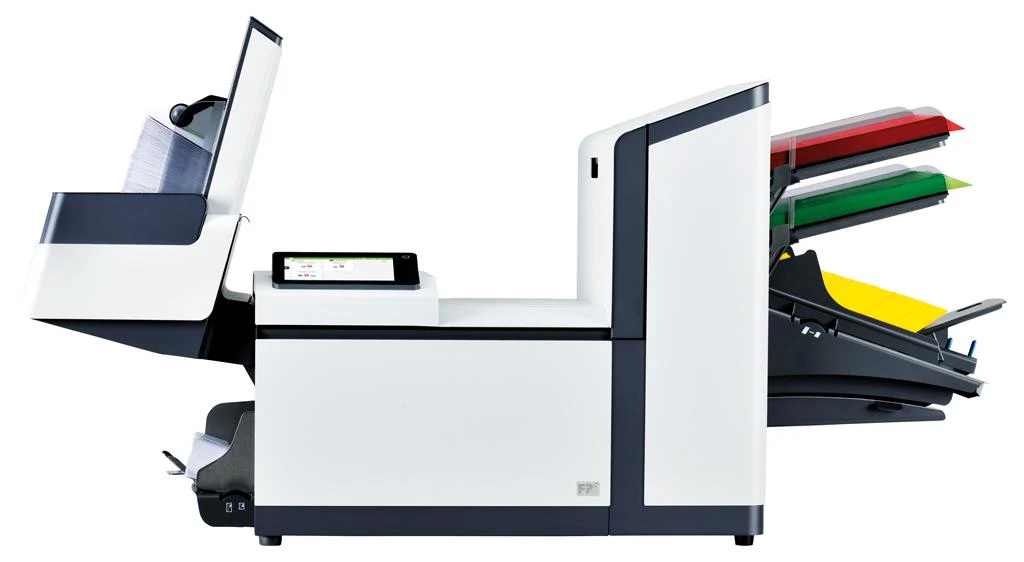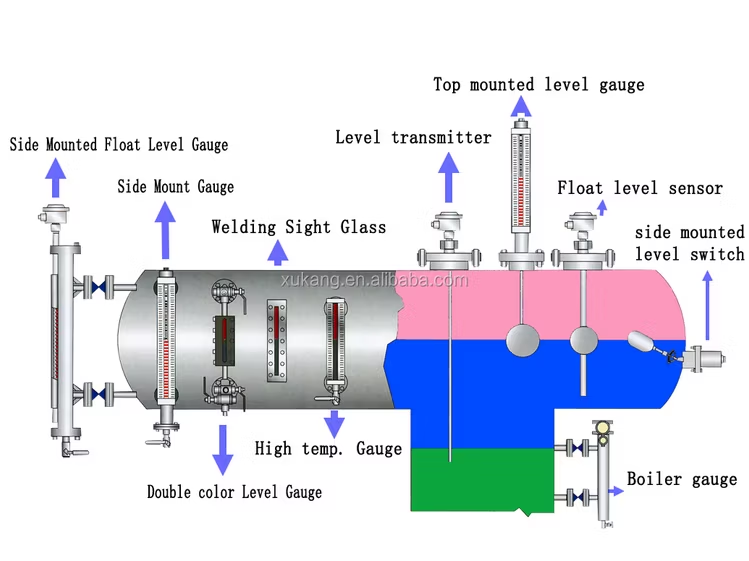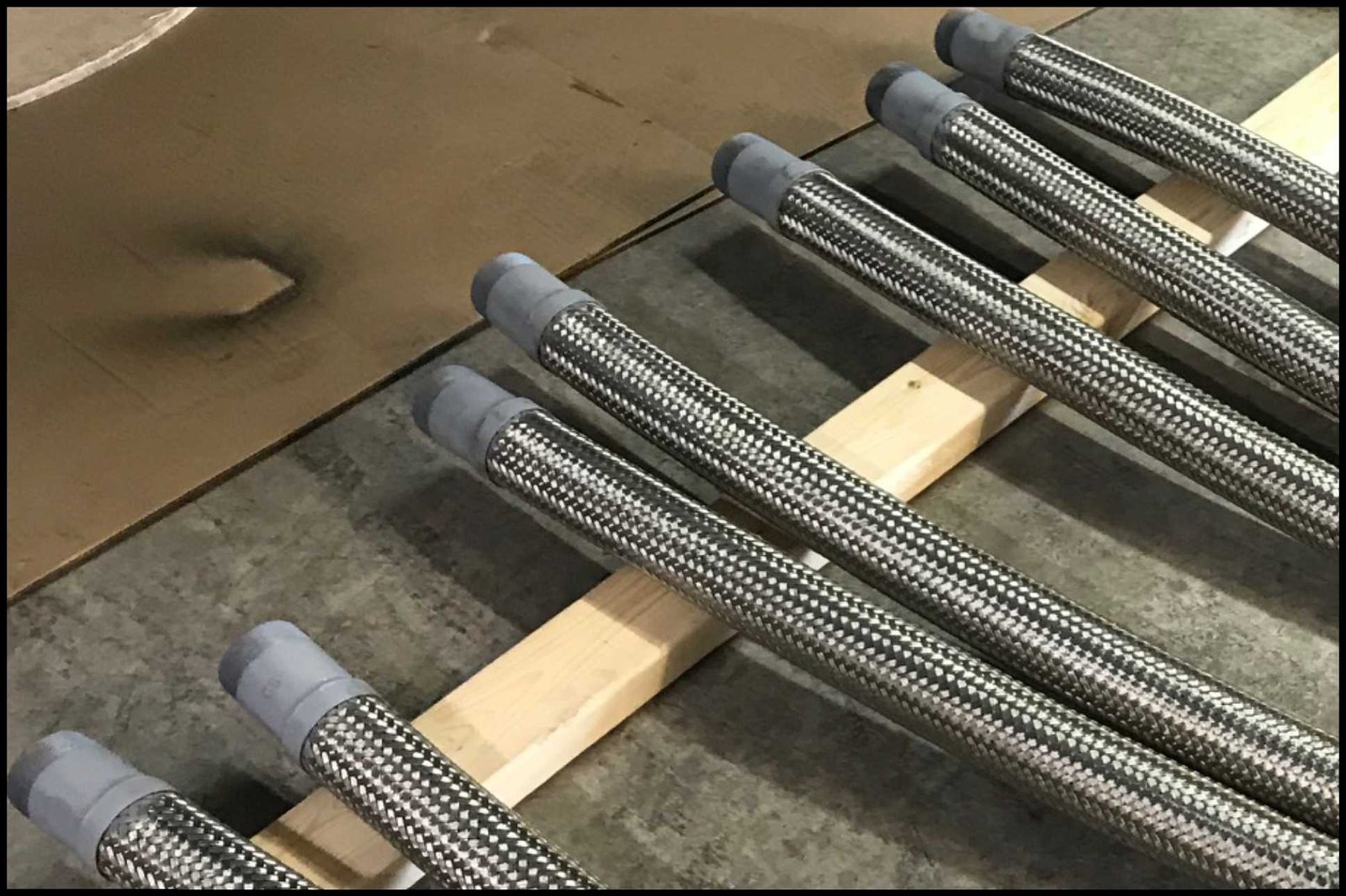In today’s business environment, where speed, accuracy, and professionalism are essential, automation in mail handling has become a critical investment. One such powerful innovation is the envelope inserter machine — a highly efficient device designed to streamline the mailing process by automatically folding documents, inserting them into envelopes, sealing, and preparing them for dispatch. From small offices to large-scale corporate mailing departments, envelope inserter machines have revolutionized how organizations handle their mail operations, saving both time and money while enhancing precision and productivity.
Whether you’re dealing with invoices, marketing materials, bank statements, or client communications, an envelope inserter machine ensures every envelope is neatly prepared without human error or fatigue. In this article, we’ll explore how these machines work, their types, features, benefits, and how to choose the best model for your business.
Understanding What an Envelope Inserter Machine Does
At its core, an envelope inserter machine automates the otherwise repetitive and time-consuming task of preparing outgoing mail. Traditionally, this job required manual folding, sorting, inserting, and sealing — all of which were labor-intensive and prone to mistakes. The modern envelope inserter eliminates these inefficiencies by handling all these tasks automatically and consistently.
The process typically involves the following steps:
-
Document Feeding: The machine receives documents from one or multiple trays. Each tray can hold different types of sheets, such as letters, invoices, or promotional inserts.
-
Folding: Documents are automatically folded in the desired configuration (C-fold, Z-fold, or half-fold).
-
Insertion: The folded sheets are then inserted into envelopes.
-
Sealing: Envelopes are sealed using either pressure or moisture.
-
Output: Finished envelopes are stacked or sorted, ready for postage or delivery.
Modern inserters can process thousands of envelopes per hour, depending on their size and configuration. This level of automation not only boosts efficiency but also ensures every envelope maintains a professional appearance.
Why Businesses Need Envelope Inserter Machines
Businesses of all sizes rely heavily on correspondence. Invoices, pay slips, marketing brochures, appointment letters, and notifications are sent daily. For companies that deal with hundreds or thousands of envelopes a day, manual handling becomes impractical.
Here’s why investing in an envelope inserter machine is a smart business move:
-
Time Savings: What could take a team of employees hours to complete can now be done in minutes.
-
Error Reduction: Automated systems ensure that each envelope contains the correct contents, preventing embarrassing and costly mailing mistakes.
-
Professional Presentation: Every mail item looks uniform, properly folded, and neatly sealed — projecting a polished brand image.
-
Cost Efficiency: By reducing the need for manual labor, businesses can lower operational costs and reallocate human resources to more strategic tasks.
-
Increased Throughput: Companies can handle large mailing campaigns or end-of-month billing cycles without delay or backlogs.
Types of Envelope Inserter Machines
Envelope inserter machines come in various models and configurations designed to meet specific needs and mailing volumes. Understanding the main types helps businesses make better purchasing decisions.
1. Low-Volume Inserters
These compact machines are ideal for small businesses or departments that handle a few hundred mailings per day. They are easy to operate, require minimal setup, and are perfect for handling invoices, letters, and statements.
2. Mid-Volume Inserters
A step up from entry-level models, mid-volume inserters are suitable for medium-sized organizations. They often come with multiple feeders, better speed, and advanced folding options. Many of these machines can process 2,000–5,000 envelopes per hour.
3. High-Volume Inserters
Designed for enterprises or mailing service providers, high-volume inserters can handle tens of thousands of envelopes daily. These heavy-duty systems support multiple document types, barcode reading for document matching, and customizable programming for complex mail jobs.
How Envelope Inserter Machines Work in Different Industries
The applications of envelope inserters go beyond basic office correspondence. Let’s explore how different sectors use these machines:
1. Financial Institutions
Banks and insurance companies use envelope inserters to send account statements, policy updates, and customer notices. Accuracy and confidentiality are critical, and inserters help maintain both by ensuring correct and secure handling.
2. Healthcare
Hospitals and clinics rely on automated mail systems to distribute billing statements, appointment reminders, and lab reports. Inserters minimize the risk of data breaches and errors in sensitive communication.
3. Government Agencies
Government departments use these machines for tax notices, election materials, or public announcements. The efficiency of inserters helps them manage large-scale mailings within strict deadlines.
4. Utilities and Telecommunications
Companies in these sectors use envelope inserters for monthly bills, service notifications, and promotional campaigns. The automation ensures prompt and reliable customer communication.
5. Marketing and Direct Mail
Marketing agencies and mailing houses depend on high-speed inserters to prepare personalized campaigns. With variable data printing integration, each envelope can carry customized messages or offers.
Benefits of Automating the Mailing Process
The benefits of envelope inserter machines extend beyond just convenience — they provide measurable improvements in operational performance:
-
Enhanced Productivity: A single machine can replace multiple manual operators, boosting overall output.
-
Improved Accuracy: Document matching systems eliminate costly mailing errors.
-
Reduced Fatigue and Injuries: Minimizing repetitive manual work prevents strain injuries among staff.
-
Data Security: Automated systems ensure sensitive documents are matched securely and consistently.
-
Scalability: As your business grows, higher-volume inserters can handle increased workloads without additional labor costs.
Maintenance and Best Practices
To keep an envelope inserter machine running smoothly, regular maintenance and proper handling are vital.
-
Regular Cleaning: Dust and paper debris can accumulate inside the feeders and rollers. Routine cleaning prevents jams and extends the machine’s life.
-
Scheduled Servicing: Manufacturers recommend periodic servicing by certified technicians to ensure optimal performance.
-
Proper Loading: Always use the recommended paper and envelope types to avoid feed issues.
-
Software Updates: For digital models, keeping the software updated ensures compatibility and improved efficiency.
Choosing the Right Envelope Inserter Machine
When investing in an envelope inserter, consider the following factors to ensure you get the best value:
-
Mail Volume: Estimate your daily or monthly mailing load to select the right machine capacity.
-
Document Variety: Choose models that can handle various paper sizes and inserts.
-
Budget: While high-end machines offer more features, small businesses can start with entry-level models that provide essential automation.
-
Service and Support: Opt for a brand that offers local support, training, and readily available spare parts.
-
Integration Capabilities: For advanced workflows, ensure the machine can integrate with your existing document management or ERP system.
The Future of Mail Automation
As digital transformation accelerates, envelope inserter machines continue to evolve. Today’s models feature intelligent sensors, cloud-based monitoring, and AI-driven document verification. These advancements reduce human supervision and improve job accuracy even further.
Moreover, sustainability is becoming a key focus. Energy-efficient designs, recyclable materials, and minimal paper waste are shaping the next generation of mail-handling equipment. Businesses adopting such technology not only boost efficiency but also contribute to eco-friendly operations.
Conclusion
The envelope inserter machine stands as a cornerstone of modern mailing automation. It brings precision, speed, and professionalism to everyday communication processes, helping organizations save time, reduce costs, and enhance reliability. Whether you’re managing a small office or operating a large-scale mailroom, automating your mailing system with a reliable inserter machine can transform your workflow efficiency.
In a world that values both speed and accuracy, the envelope inserter machine isn’t just a convenience — it’s a necessity for any organization that values productivity and professional communication.




Leave a Reply